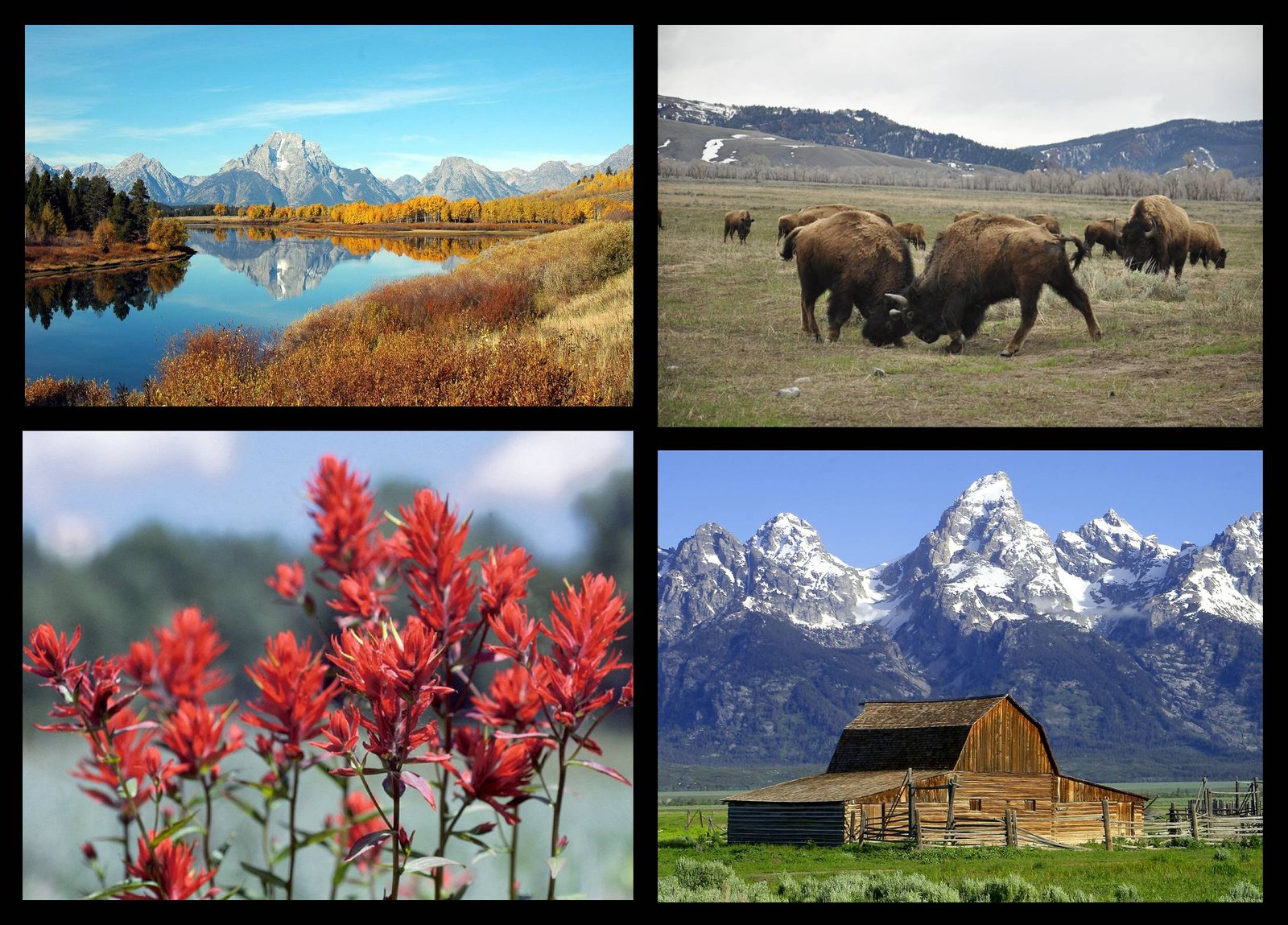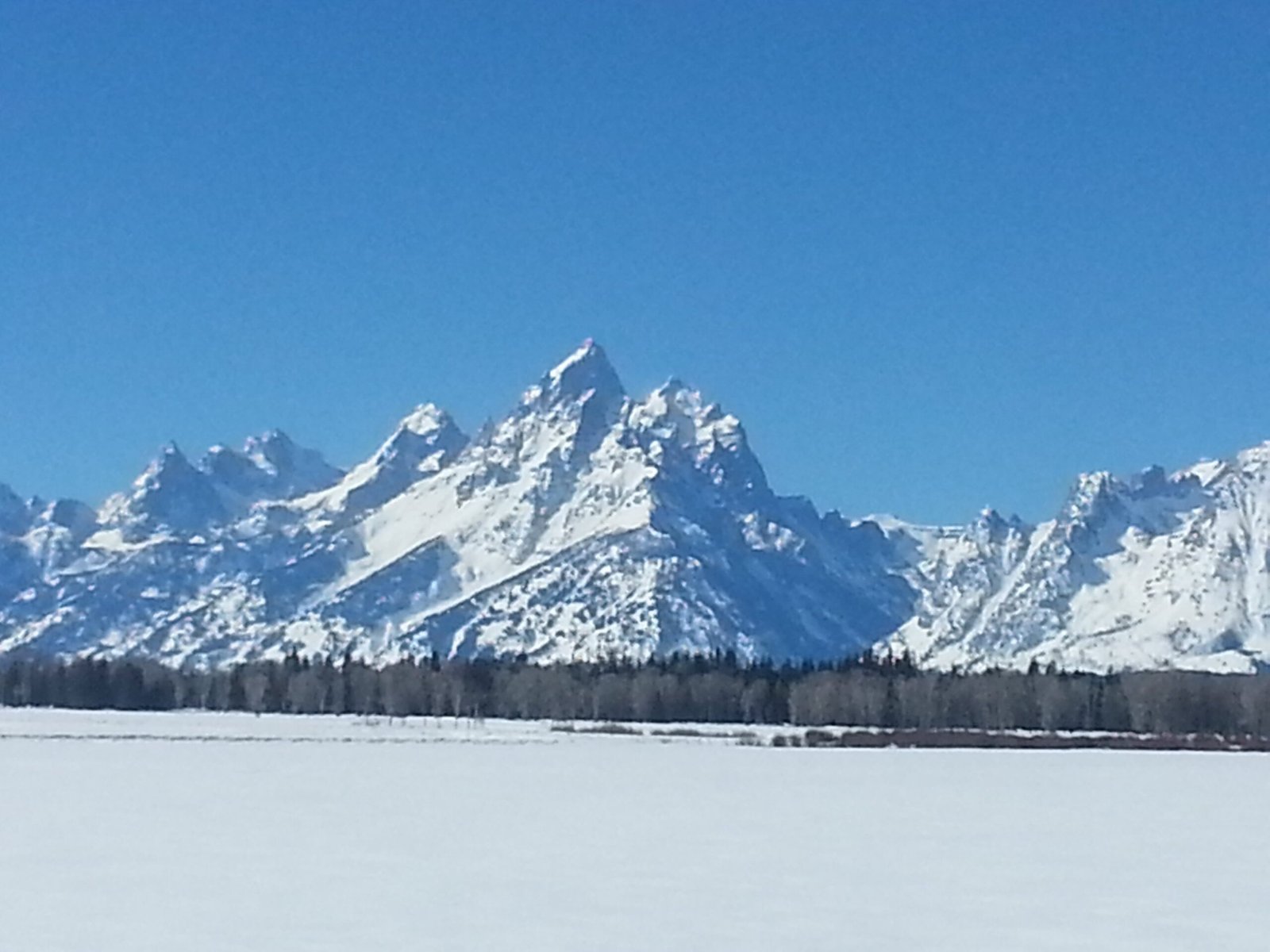Grand Teton National Park has experienced significant transformations due to human activities, with visitor numbers surging to over 3 million annually, infrastructure developments expanding, and complex ecological interactions reshaping the landscape. These changes have profound implications for wildlife populations, park management strategies, and the delicate balance between human recreation and natural preservation.
How Have Human Activities Reshaped Grand Teton’s Landscape?

What Drives Visitor Dynamics in the Park?
Grand Teton National Park has witnessed a remarkable surge in visitor engagement. In 2023, the park recorded:
| Metric | Number |
|---|---|
| Total Visitors | 3,000,000+ |
| Visitor Center Interactions | 1,010,000 |
| Recreation Visits | 3,400,000 |
Visitor Behavior and Environmental Interaction
Visitors significantly impact the park’s ecosystem through:
– Increased foot traffic on hiking trails
– Camping and recreational activities
– Resource consumption
– Potential wildlife disruption
What Challenges Emerge from Human Presence?
Wildlife Population Dynamics
Human changes have dramatically influenced wildlife management:
- Elk Population Control
- Annual reduction hunts continue
- Controversial management strategy
-
Potential disruption of natural predator-prey relationships
-
Mountain Goat Eradication
- Non-native species removal
- Aerial operations to protect native ecosystems
- 15 mountain goats removed in recent efforts
How Does Infrastructure Development Impact the Ecosystem?
The park’s infrastructure represents a delicate balance:
– 3,231 acres of development
– Only 1.04% of total park acreage
– Includes visitor centers, campsites, and amenities
Resource Management Strategies
Park managers employ sophisticated approaches:
– Monitoring wildlife diseases
– Invasive species control
– Collaborative conservation programs
What Are the Ecological Consequences of Human Interaction?
Pronghorn Population Challenges
- Severe winters
- Wildlife disease impacts
- Ongoing conservation efforts
How Do Recreational Activities Influence Park Ecology?
Recreational impacts include:
– Over 1,000 drive-in campsites
– 200+ miles of hiking trails
– Potential environmental degradation
– Emergency medical service requirements
What Conservation Efforts Mitigate Human Impact?
Key strategies involve:
– Partnerships with nonprofit organizations
– Philanthropic conservation funding
– Rapid response ecological management
– Continuous monitoring of wildlife populations
Conclusion

Human changes in Grand Teton National Park represent a complex interplay between conservation, recreation, and ecological preservation. The ongoing challenge remains balancing human needs with environmental protection.

